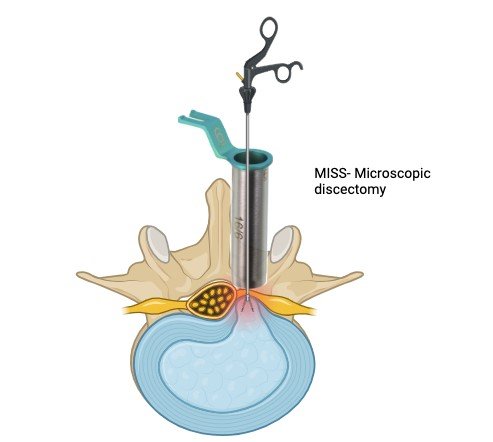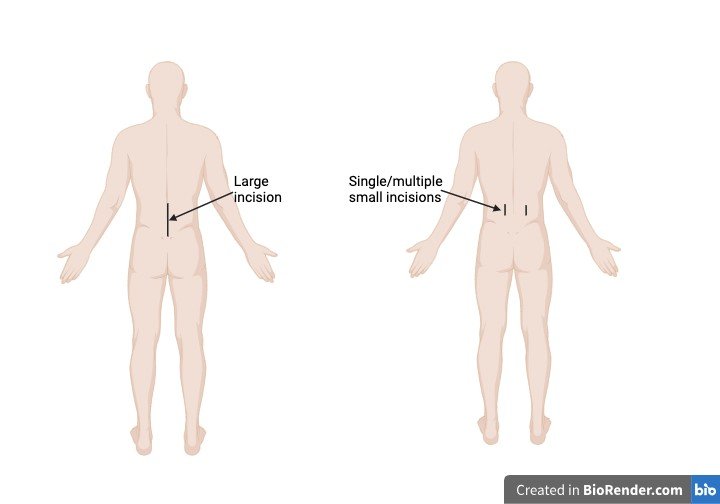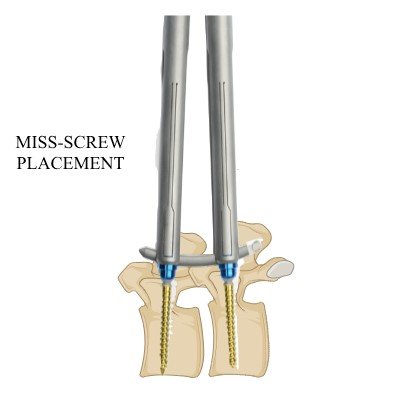

Best Neurosurgery Services
We Provide Best Orthopedic Services
Founded the principles integrity system.
Best Urology care Services
Best General Medicine Doctor
Top Cardiologist
Dr.Devareddy Gowtham is the Managing Director and Consultant Neurosurgeon at Global Neurocare and Multi-Speciality Hospital, Srikakulam. With over 15 years of medical expertise, Dr. Gowtham is a leader in the field of neurosurgery, providing top-tier neuro and multi-specialty healthcare to the region.
Best Neurosurgery Services
We Provide Best Orthopedic Services
Founded the principles integrity system.
Best Urology care Services
Best General Medicine Doctor
Top Cardiologist
Dr.Devareddy Gowtham is the Managing Director and Consultant Neurosurgeon at Global Neurocare and Multi-Speciality Hospital, Srikakulam. With over 15 years of medical expertise, Dr. Gowtham is a leader in the field of neurosurgery, providing top-tier neuro and multi-specialty healthcare to the region.

Minimally invasive spine surgery (MISS) is a type of surgery on the bones of your spine (backbone) that uses smaller incisions than standard open surgery. This often causes less harm to nearby muscles and other tissues. It can lead to less pain and faster recovery after surgery.
The standard method of spine surgery is called open or mini-open surgery which uses longer incisions down the back, or on the side and often require muscles and soft tissue around the spine to be moved away .
As compared to open spine surgery, minimally invasive surgical approaches can be faster, safer and require less recovery time.
During MISS procedures the surgeon makes one or more smaller incisions and inserts a device called a tubular retractor which creates a tunnel to approach the area of interest. It gently pushes aside the muscle and soft tissue around the area. The surgeon uses specialized small and fine tools through the tunnel to work on the spine. The surgeon also uses a special operating microscope or endoscope , high-resolution cameras, computer-assisted and robotic guidance, and real-time X-rays of the spine.
Surgeons can use MISS for some types of spine surgery. These include lumbar or cervical discectomy, decompressive laminectomy, and spinal fusion with metal rods and screws.
The advantages of MISS are:
Every surgery has risks. Even MISS has some risks which include:



